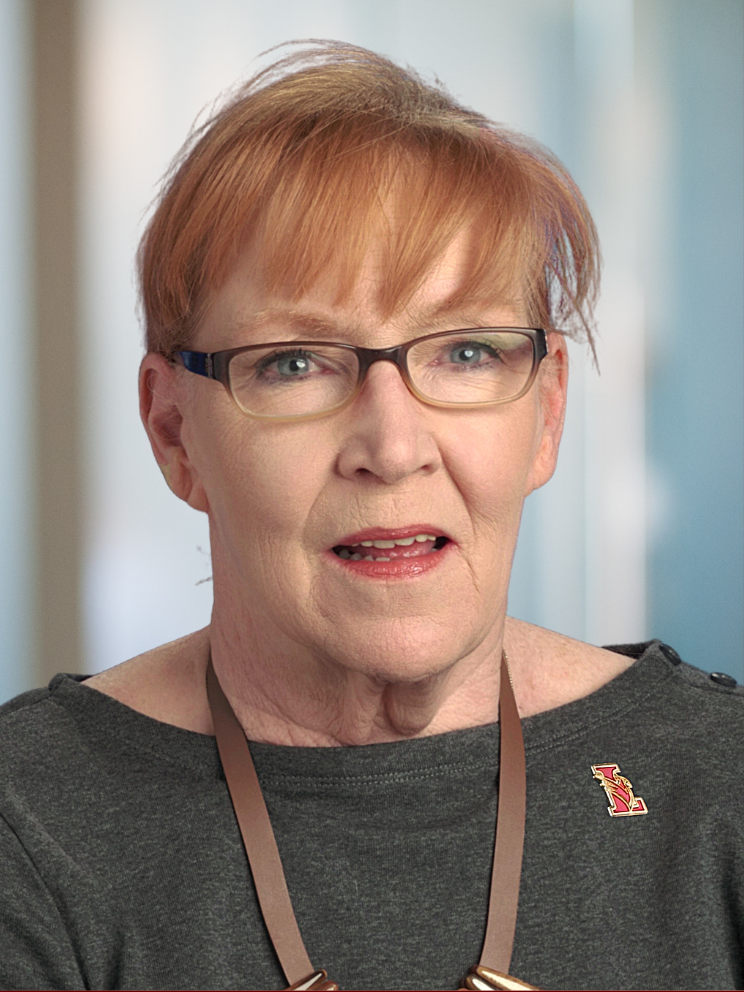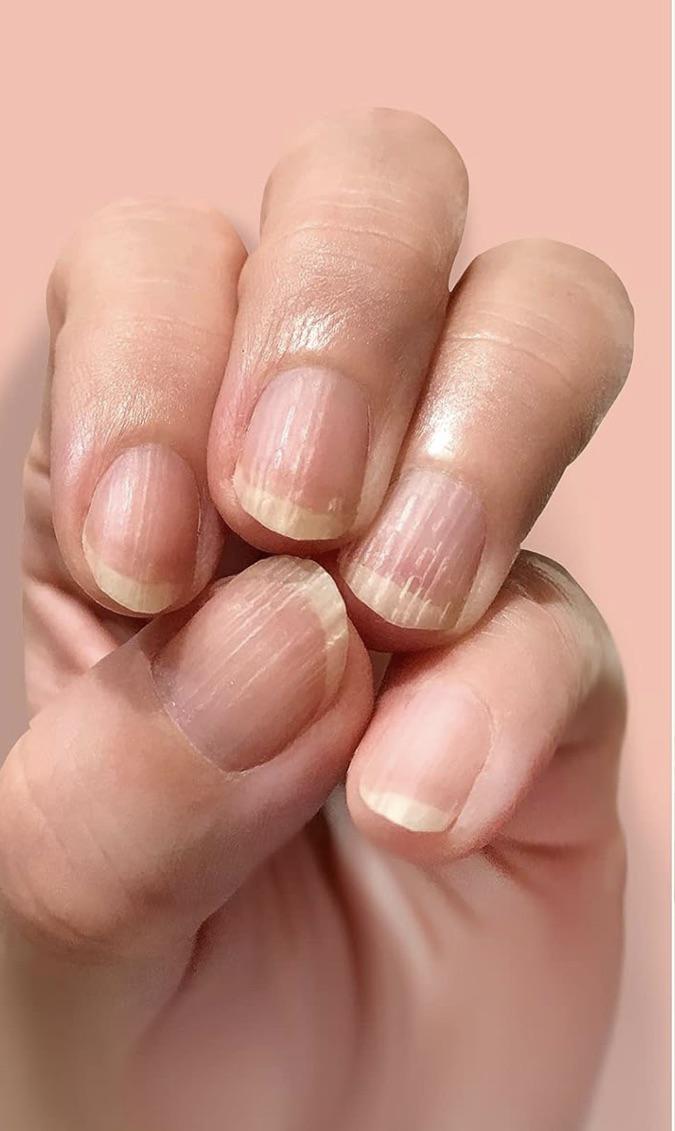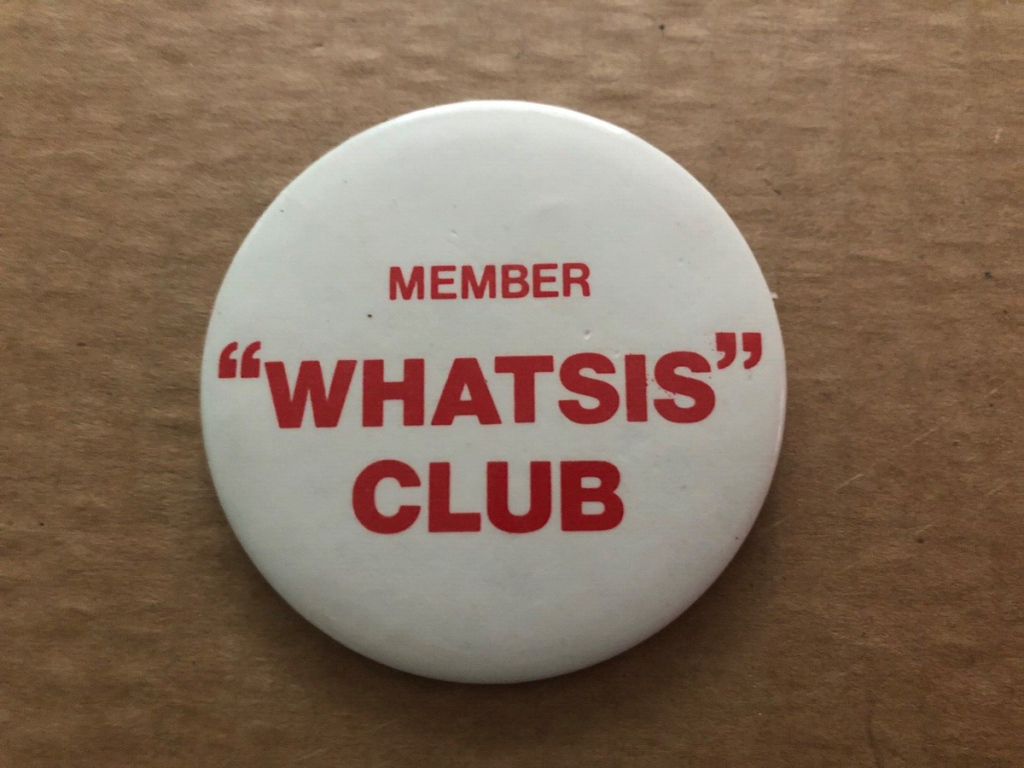When my doctor took me by the hand, I expected a comment about my age spots or cat scratches, but no. He was looking for signs of illness and explained that fingernails offer valuable insights into our overall health. A touch of white here, a rosy tinge there or some rippling or bumps may indicate disease or nutrient deficiency. Problems in the liver, lungs and heart can appear in your nails. Changes in nail appearance can indicate various health issues, from infections to chronic conditions.
My nails have vertical ridges, which are common and usually not a concern. As people get older, their nails naturally thin and become more brittle, which can make ridges more noticeable. A lack of moisture or improper nutrition can also cause ridges, especially if you have an eating disorder or are low in iron, zinc, protein or folic acid.
Horizontal ridges, or Beau’s lines, often appear when nail growth is interrupted by significant illness or treatments like chemotherapy. These ridges have also been observed in individuals recovering from COVID-19. And the appearance of Beau’s lines can offer clues about past health issues and recovery progress.
Pitted or discolored nails might be a sign of nail psoriasis, an autoimmune condition. A dermatologist can diagnose the condition and recommend appropriate treatments.
Dark vertical streaks on the nails, known as splinter hemorrhages, can be more than a cosmetic concern. While these streaks can result from nail biting or trauma, they may indicate more severe conditions, such as an infection of the heart valves. If you notice these streaks, it’s wise to consult a health care professional. Other signs to be aware of: spoon-shaped nails, suggesting iron deficiency anemia; or rounded, swollen nails, called nail clubbing, which could indicate cystic fibrosis.
My fingernails now split and crack, and I don’t get regular professional manicures. Factors contributing to brittle nails include exposure to harsh chemicals, frequent hand washing and aging. To help prevent brittleness, I wear protective gloves when doing dishes or using cleaning products, limit the use of nail polish removers and use hand lotion liberally. I try to file my nails in one direction, but that’s a new habit I’m trying to adopt.
I intentionally hide my thick, hard toenails. Thickening and discoloration of the toenails can signal a fungal infection. Fungal infections, affecting many older adults, often start in the toenails and can spread to the fingernails. It’s essential to treat both the nails and the surrounding skin. Over-the-counter treatments may not always be effective, so consult your doctor for appropriate oral or topical medications.
Remember, nails grow slowly—typically taking about six months to regrow fully. Nail abnormalities you see now may reflect past health issues or treatments, and it may take time for prescribed treatments to show results. By paying attention to the changes in your nails, you can gain valuable insights into your health—and seek timely medical advice. Your nails might be small, but they have much to say.

Pepper Evans works as an independent-living consultant, helping older adults age in place. She is the empty-nest mother of two adult daughters and has extensive personal and professional experience as a caregiver. She has worked as a researcher and editor for authors and filmmakers. She also puts her time and resources to use in the nonprofit sector and serves on the Board of Education in Lawrence Township, NJ.



